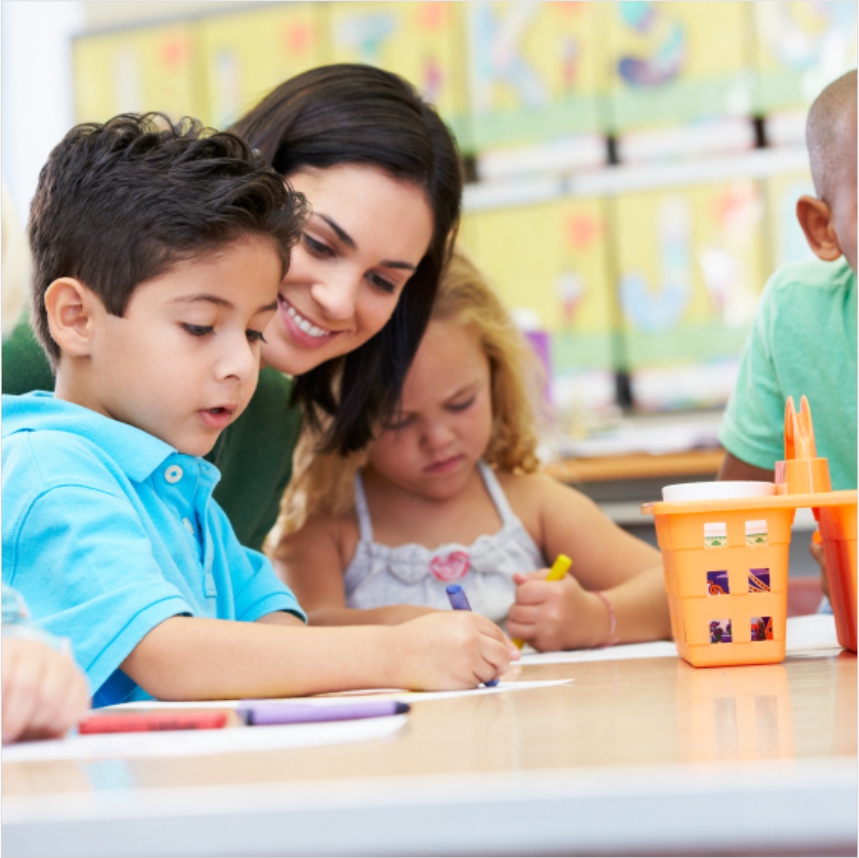Why Kindergarten?
First, consider the goal of a good kindergarten program. Kindergarten provides your child with an opportunity to learn and practice the essential social, emotional, problem-solving, and study skills that he will use throughout his schooling.
- The development of self-esteem is one of the important goals of kindergarten. This is the process of helping your child feel good about who she is and confident in her ability to tackle the challenges of learning.
- Kindergarten teaches cooperation: the ability to work, learn, and get along with others. A year in kindergarten provides your child with the opportunity to learn patience, as well as the ability to take turns, share, and listen to others.
- Most children are naturally curious, but some do not know how to focus or use this curiosity. Kindergarten is a time for sparking and directing your child’s curiosity and natural love of learning.
What Does an Ideal Kindergarten Look Like?
Ask any number of educators and parents, and you will get many different descriptions of the ideal kindergarten. But there are certain basic agreements among educators as to what makes a good program. It should:
- Expand your child’s ability to learn about (and from) the world, organize information, and solve problems. This increases his feelings of self-worth and confidence, his ability to work with others, and his interest in challenging tasks.
- Provide a combination of formal (teacher-initiated) and informal (child-initiated) activities. Investigations and projects allow your child to work both on her own and in small groups.
- Minimize use of large group activities that require sitting. Instead, most activities feature play-based, hands-on learning in small groups. As the year progresses, large group activities become a bit longer in preparation for 1st grade.
- Foster a love of books, reading, and writing. There are books, words, and kids’ own writing all over the classroom.
When looking at programs, keep these elements in mind — as well as the specific needs of your child and family. Not every program is perfect for every child. Some children thrive in a program with more direction, some with less. Talk to your child’s preschool teacher, visit a few schools, and talk to the principal or a kindergarten teacher before deciding.
What if the Program Is Less Than Ideal?
Perhaps you have little or no choice about where to send your child to kindergarten but are concerned about its quality. First, give the program and teacher some time to get the year going. If you observed the class in the spring and it seems different when your child starts in the fall, there may be a good reason. Many programs start slowly, taking time to help children separate from their families and feel confident in school before adding learning demands.
If after a few weeks you still have concerns, talk to the teacher. Ask her about her goals and share your expectations. Sometimes an apparent mismatch can be just a difference in approach. Keep the dialogue going. Ask for information, but also be willing to hear the “whys” of the teacher’s philosophy.
Still, there are times when a teacher or his approach is not the right fit for your child. Then it is time to talk with the principal. Come prepared with clear points you want to make. This will help the principal see what the problem is and make suggestions to help your child.
Sometimes (but rarely) children need to switch to a different teacher or school. This can be the result of many classroom observations of your child by the teacher, principal, and/or another professional. It is important to have group consensus on this decision.




